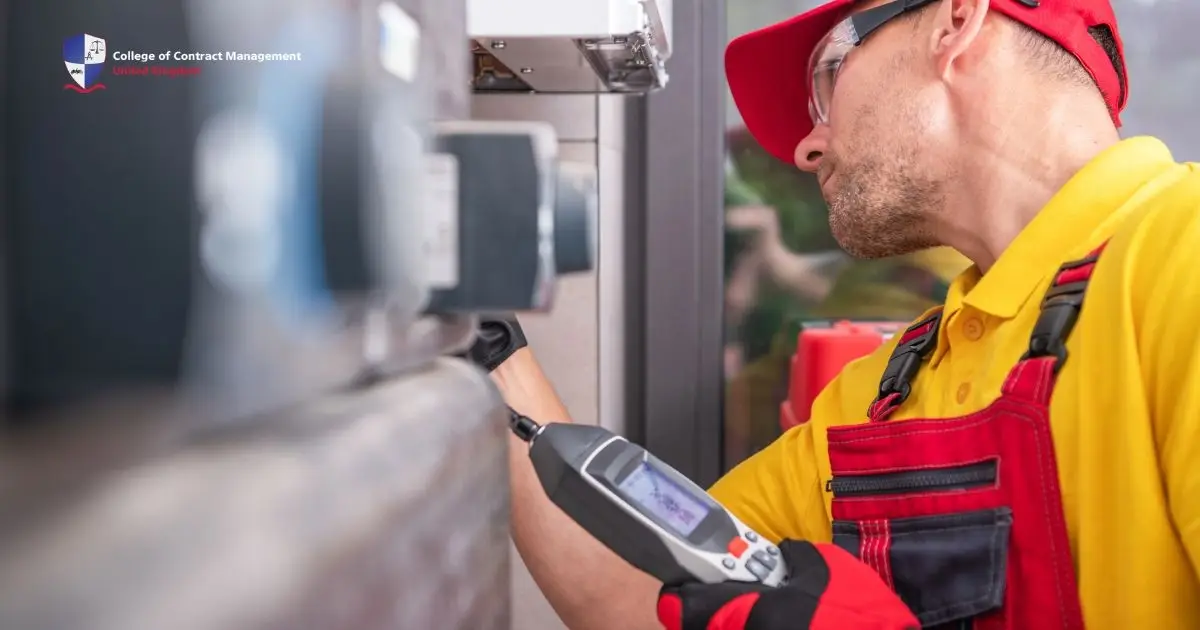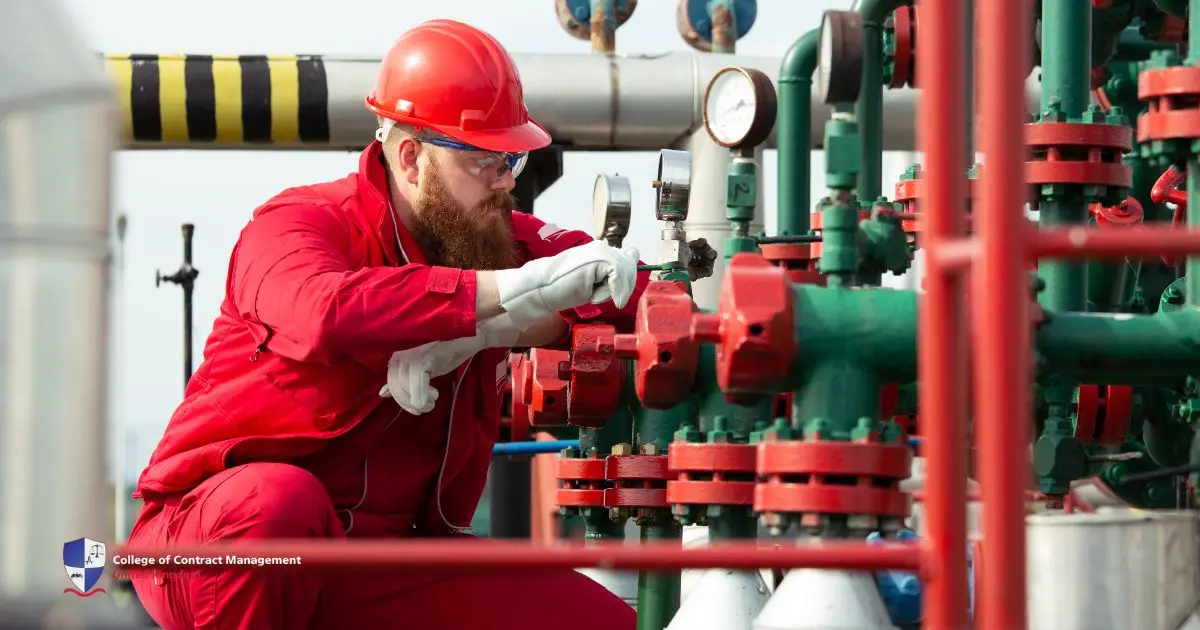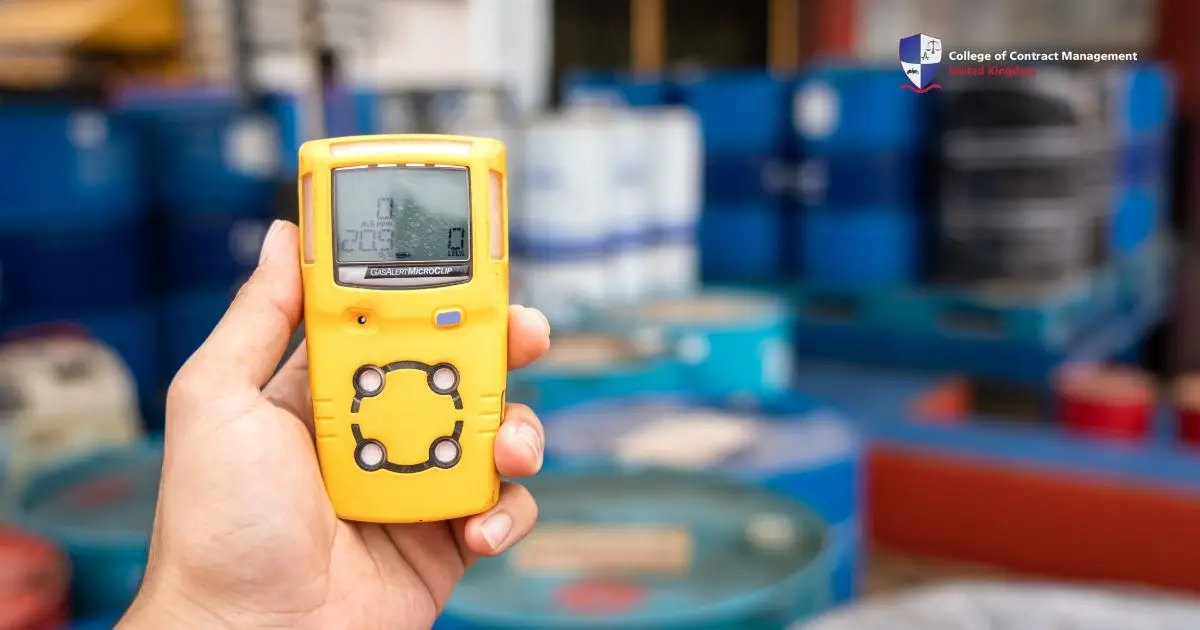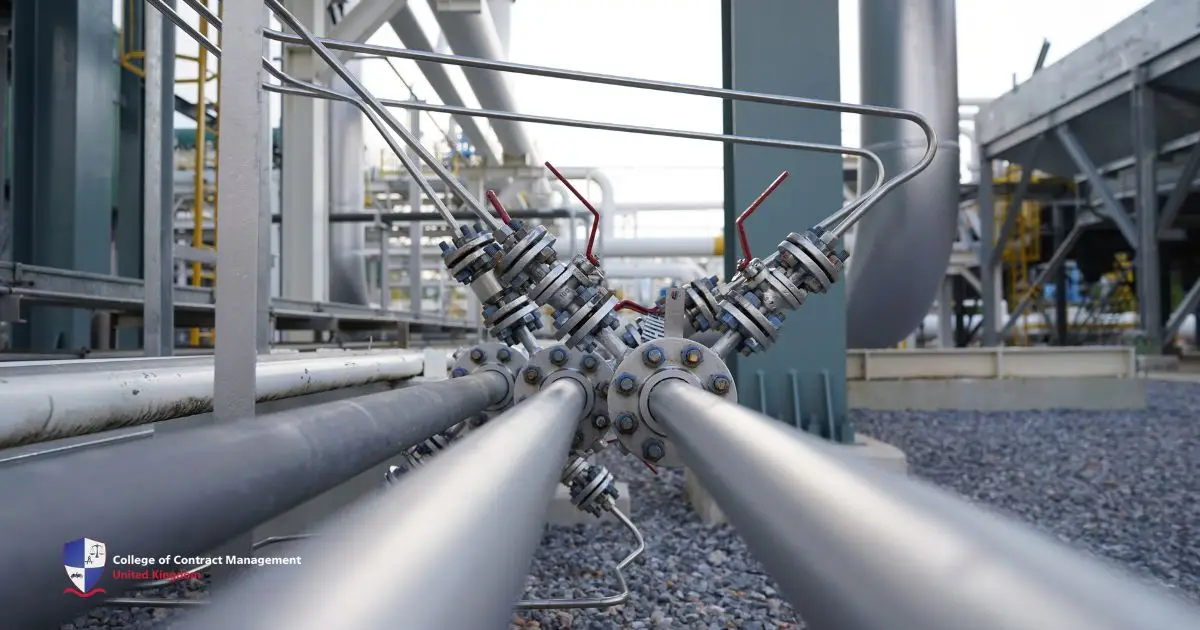In the UK, gas leak accidents rarely happen. However, gas discharge can cause big problems when it happens. According to the Health and Safety Executive (HSE), there were at least 5 domestic gas incidents in 2023/24. In detail, 2 of them died from carbon monoxide poisoning, and 3 of them died from the explosion. Align with this, installing a gas leak detector is important to prevent such dangers.
Gas detectors are helpful tools to keep people safe. They quickly detect leaks from gases and alert people about it. In this article, you'll learn why installing this device is crucial. Besides, we’ll guide you on how to set up these detectors safely. In the end, you can protect yourself and others from gas hazards.
What is a gas leak detector?
A gas leak detector is a safety device for detecting gas in a specific area. Similarly, it helps find dangerous material in the air. The detector works by checking the air for gas leaks. Then, if it detects something dangerous, it sends an alarm to warn people. These detectors are important because gases like natural gas, propane, methane, or carbon monoxide can be harmful if they leak.
The main purpose of a gas detector is to alert people about a gas leak before it becomes bigger. Many gases can’t be seen or smelled, which makes it hard to tell if there’s a leak. For this reason, having a detector for gas leaks helps prevent serious accidents like fires or explosions. In other words, this device is essential to keep everyone safe.
Types of gas detectors
A gas leak detector protects people by sensing dangerous gases in homes or buildings. There are different types of detectors for specific kinds of gas. Combustible gas detectors, for instance, detect gases that can cause fires when they leak. Another type, carbon monoxide (CO) detectors, specifically detect invisible gas that can make people sick.
Aside from those two detectors, combination detectors combine both types of sensors into one device. This means they can detect explosive gases and carbon monoxide at the same time. In short, these devices help people notice if there's any kind of gas leak. Here is the explanation of each type:
Combustible gas detectors
A combustible gas leak detector is a tool that is popular for detecting gas releases. It detects gases like methane, propane, or natural gas that can easily catch fire. This tool works by sensing these gases in the air. When it detects leaks, it quickly alerts users with lights or loud beeps. People often use these detectors at home to avoid fires, explosions, or health problems caused by gas discharge.
Carbon monoxide detectors
This detector protects people from carbon monoxide. It’s a dangerous gas that people can’t see, smell, or taste. The detector works by sensing the gas in the air and sounding a loud alarm if CO levels get too high. As a matter of fact, CO is made when fuels like gas, wood, or charcoal don’t burn all the way. However, the gas can build up inside the room without anyone noticing it. Ultimately, staying in an area with high CO levels can cause health problems like persistent headaches.
Combination detectors
This type of gas leak detector can detect more than one type of dangerous gas at the same time. For instance, carbon monoxide and explosive gases like methane. This device uses smart sensors to alert people when there are gas discharge. In addition to that, this gas detector is crucial for ensuring worker safety.
How a gas detector works
A gas leak detector works by monitoring the air to check if it contains dangerous materials like gases. When it detects gases, it triggers the alarm to let people know there are leaks. As a result, people can protect themselves from gas exposure and even explosions. Here are the details:
- Check the air: Firstly, the gas leak detector checks the air. Some models let air drift in naturally, while others use a small pump to pull air inside.
- Detect the gas: After checking the air, the device will detect if the air contains gas. If it detects harmful gas, the sensor reacts and creates a noticeable change. For instance, extra heat or a different level of electricity.
- Process the signal: To alert the user, the small electronic circuit inside the detector reads and turns the change into a signal. This signal shows how much gas is there.
- Warn the leak: Finally, the detector will set off an alarm. This happens when the amount of gas is above the safe limit. In factories, these detectors might even turn off machines or switch on ventilation fans to keep people safe.
Factors to consider in choosing a gas detector
When selecting a gas leak detector, it's important to evaluate several key factors. These include the types of gas to detect and the technology inside the device. People usually check them to ensure the safety and suitability of the place. By carefully assessing those aspects, you can choose one that protects the environment from potential gas hazards. Here are the considerations:
- Types of gas to detect: Before getting a gas leak detector, identify the specific gases you need to check. Some detectors can detect one type, while others can sense multiple types.
- Detection technology: Gas detectors use different sensors with various technologies. For example, electrochemical sensors are ideal for detecting toxic gases like carbon monoxide. Besides, catalytic bead sensors detect combustible gases like propane.
- Alarm system: Considering the clear alarm system in this device is crucial to ensure safety. This system provides immediate alerts to prevent poisoning or explosions. As a result, it protects people, property, and the environment.
- Standards: The UK sets the standards for gas leak detectors to ensure safety. In this case, the detectors conform to BASEEFA (British Approved Service of Electrical Equipment in Flammable Atmospheres). Aside from that, specific tools like carbon monoxide detectors must have the BS EN 50291-1:2018 standard.
Gas leak detector installation guide
Installing a gas leak detector is a smart way to keep your area safe when using gas appliances. For instance, using gas for cooking, heating, or boiling water. In this case, you must pay attention when placing the detector to ensure it works. For natural gas, mount the detector on the wall between 4 and 12 inches from the ceiling. For heavier gases like propane, install the device approximately 6 inches above ground level.
When choosing places to put gas detectors, prioritise areas with gas appliances. To make it work effectively, place it between 3 and 10 feet away from appliances. This helps monitor for leaks more easily and avoid false alarms. Most importantly, avoid installing detectors near windows or doors. This is because the airflow might reduce the gas concentration, which delays the detection.
After installing the gas leak detector, it’s important to maintain the device regularly. To do this, test the device monthly and replace batteries as needed. By following these guidelines, you can help protect yourself and others from gas leak dangers.
Conclusion
To wrap it up, a gas leak detector is a device that keeps you and others safe from gas discharge. This tool helps you quickly notice leaks from gases. What makes it interesting is that it can detect invisible gases like carbon monoxide. To keep yourself protected, make sure you choose the correct type and place it properly. Aside from that, check the device regularly so you can use it for a long time. In the end, you can avoid serious gas accidents with this tool.
If you're looking for an education in gas safety and related fields, the College of Contract Management offers such courses. The College’s courses help professionals with essential skills to improve their careers. Besides, the College supports your needs to thrive in today’s competitive job market. So, let’s take the next step! Enrol now and invest in a brighter future!





